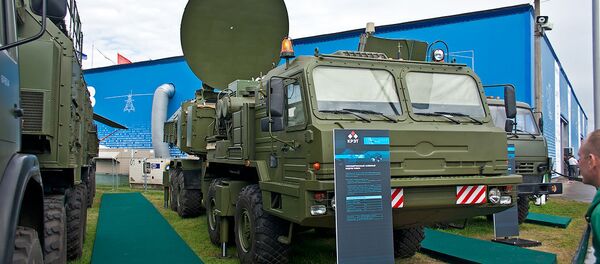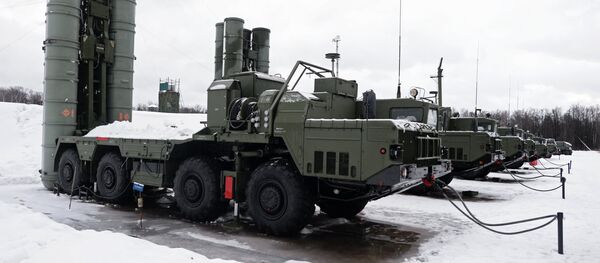“In some cases, they have gone beyond us,” he added, as quote by The National Interest magazine.
Leggin Behind in Integrated Battle Networks
Among certain key technological areas where the US has fallen behind is in the area of integrated battle networks.
“While Darrah was reluctant to go into details, he did talk about specific areas where the US needs to improve on,” defense editor Dave Majumdar writes in his article for the magazine.
One such area is combat identification, especially in an environment where enemy electronic attacks will be continually disrupting American communications networks, Darrah acknowledged, admitting that the US “is not doing a good enough job at combat ID.”
It seems that American forces are far too reliant on GPS, and a “smart adversary like the Russians or the Chinese are certain to attack those vital sinews that hold together US military operations.”
Addressing those issues is even more critical, Darrah suggests, as the US Navy moves toward the so-called “tactical cloud” — where every sensor and shooter shares data seamlessly.
“Tactical cloud” is an offensive anti-surface network that will tie targeting information from satellites, aircraft, ships, submarines and the weapons themselves to form a lethal “kill web” designed to keep pace with the expanding lethal power of potential adversaries, Darrah described it in his presentation, as quoted by the US Naval Institute.
The scheme will use information ranging from sensors in space to the undersea to share information in a so-called tactical cloud that will allow aircraft and ships to access a range of targeting information to launch weapons against surface targets,
Networking is the future of naval warfare, Darrah reiterated, noting that as times goes on individual platforms will matter less than the sum total of the tactical cloud.
Falling Behind is the Electromagnetic Warfare
In a separate analysis on the issue earlier in December, cyber-security CEO John McAfee reported that another area where the US is falling behind is the electromagnetic warfare.
Military forces are now highly computerized, notes the US-based website Breitbart, comparing the changes to the revolution smartphones and the Internet have brought to the private sector.
Weapons designed to baffle sensor equipment and distort communications have grown commensurately more effective.
Breitbart further quotes the “Winning the Airwaves” report, which states that the US is losing the airwaves.
As a result, the US is on the verge of losing its qualitative edge in EMS warfare, or may have lost it already.
It cites as an example that Russia, China, and “other adversaries fielded radars that operate outside the frequency range of US jammers, and developed their own jammers that are capable of targeting frequencies used by US sensors and radios.”
They have also deployed “large, complex sensor arrays that outrange most sensors carried by US power projection forces.”
In the sphere of “stealth” technology, including both the famed stealth fighters and bombers, plus low-power communications and passive sensors that could do their jobs without giving away their own position, the US “has not made adequate preparations for a more “agile” contest, in which the same systems function as both sensors and jammers, while very low-power communications networks become virtually invisible to enemy detection.”
With regards to all the above, Rear Adm. Mike Darrah seems to be right when he reiterated that the term “near-peer” is “condescending and derogatory — which also has the effect of rendering American policy-makers complacent when dealing with a very real danger.”







